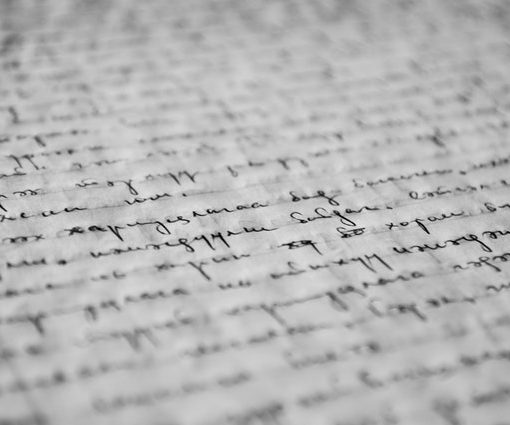
Something we hear over and over again when learning how to write is be consistent, down to the smallest detail. In fantasy in particular, but I would argue in any genre, an inconsistency in setting takes the reader out of the story.
Inconsistencies can be big, like the use of magic suddenly breaking the rules you’ve established for that magic, or they can be small, like a red curtain in the same window where a blue curtain hung in the previous scene.
People talk a lot about maintaining consistency, but people rarely tell you how. Here are a few tricks I use to juggle the monstrous settings I’ve developed:
Keep it Simple
One of the best ways to ensure consistency is to keep things as simple as possible. This may seem counter-intuitive, after you’ve answered a million questions about your story world, spent hours researching a historical period in the library, or driven for miles through the desert. Your instinct is going to be to include every tiny detail you’ve discovered. However, the simpler you keep things, the easier it’s going to be to avoid breaking consistency. A magical system will serve as a great example. It may be tempting to make your magic system highly complex, with a variety of rules and machinations for different conditions, but this unwieldy thing is going to be really difficult to keep track of. The chances of breaking a rule and having your magicians casting a spell at a time you’ve indicated was impossible for spell casting are high.
Instead, limit your magic system to a simple set of rules, one or three or five. Do this with other aspects, too. In fact, try to keep your story world so simple that you can . . .
Always Keep it Organized in your Mind
If your story world makes sense, and is simple enough that you can easily remember and visualize the details of the setting, you shouldn’t have to worry too much about consistency. As you are writing, you’ll be able to keep everything straight. If your character always wears a top-hat, you should be able to visualize that hat when you are writing the character, and so you won’t accidentally put him in a baseball cap. Even more importantly, if everything about the setting points to your character wearing a top-hat, there’s really no way you’d be able to forget that he’s wearing a top-hat. Give yourself ways to keep the story world together. For example, if you clearly understand the ecology of your world, you’ll put the right flora and fauna in the right place every-time. If your story-world doesn’t make sense ecologically, it will be harder to keep everything straight.
There is another reason for keeping the story world simple and rationally organized. Like you, the reader can only hold so much information in his or her head. Just as you’ll be giving yourself cues to understanding the setting well enough to convey it consistently, you’ll also be giving the reader these same cues, so that they can absorb the setting and visualize it in their minds.
Keep Clear Records
However, you won’t be able to remember every little thing. There’s a reason why most epic fantasy has maps, glossaries, character lists, and so on. For this reason, it’s important to keep clear records on your story world, and update them as things change. Use whatever format makes the most sense to you.
Remember, though, that whatever is published is the final word. While writing Dream of a City of Ruin (Book II in the Dreams of QaiMaj series) I don’t reference my records, I reference Book I. That way I know I’ll be consistent with the form that is already in the public eye.
You Can’t Catch Every Little Thing
It’s just impossible to catch every tiny inconsistency in your own work. For this reason, have as many eyes as you can on the final draft. Your writing peers will find the inconsistencies you miss. If you’re lucky, they might even spot patterns in your inconsistencies, that you can then correct.
Consider Hiring a Copy Editor
If you’re still concerned about inconsistency after taking these steps, consider hiring a professional Copy Editor. A copy editor is different from a developmental editor, who looks for broad, sweeping problems with plot arch, character development, and theme, and different from a proofreader, who is looking for formatting errors and typos. A copy editor helps with the details in between, like clarity, punctuation, repetition, spelling, grammar, and you guessed it: consistency. A good copy editor will create a style-sheet specific to your book and note when you are veering from whatever “norm” you are using.
Tomorrow, I’ll talk about how to turn setting obstacles into opportunities in 101 TIWIK #41: Obstacle to Opportunity.
This post is part of a series of 101 Things I Wish I’d Known Before I Wrote My First Book. Start reading the series at the beginning.
If you’re enjoying this series, please sign up for my email newsletter for a monthly update on appearances, book releases, giveaways, special deals, and a blog round-up!


